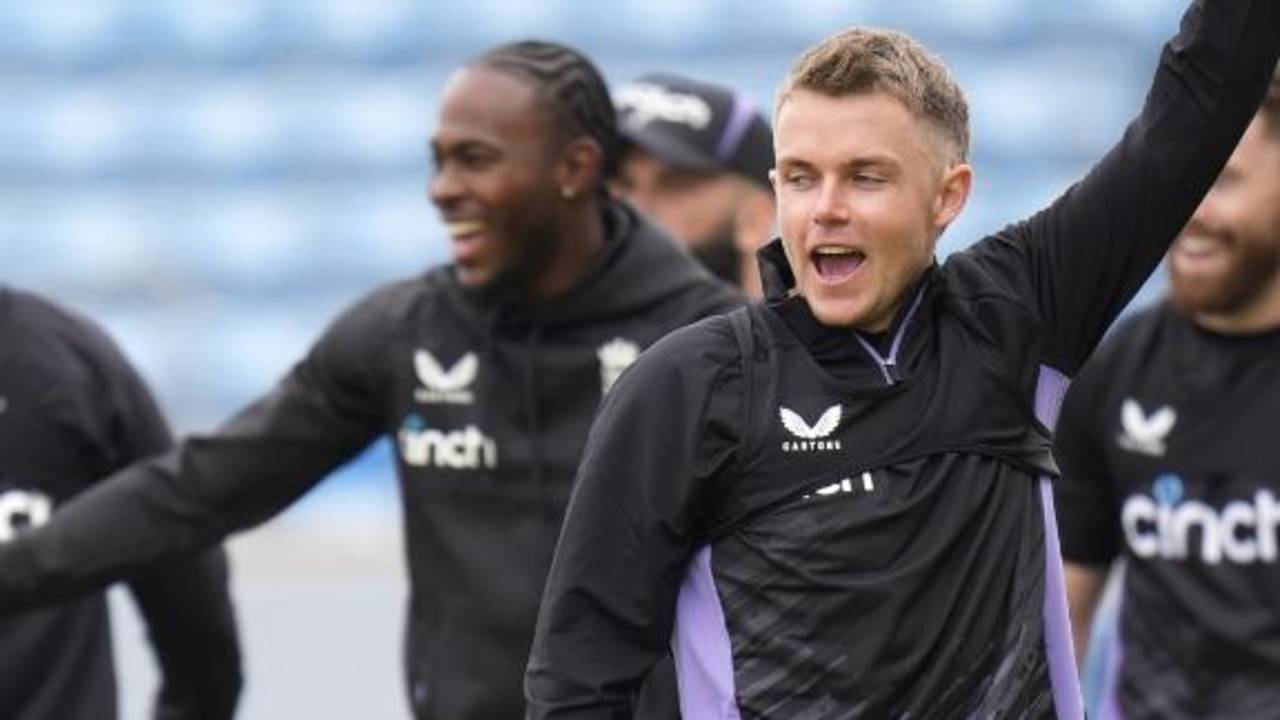England hope Livingstone can roll out the big hits on Headingley return
Mercurial allrounder has struggled with form and injuries but could be key component in World Cup defence
Buttler backs ECB's decision to pull players out of IPL early
England at the IPL: 'Refreshed' Buttler, rusty Livingstone, and WC tune-ups for fringe players
Switch Hit: The case for the defence (part 2)
Buttler, Livingstone, other England cricketers leave IPL early for T20 World Cup duty
Archer claims wicket in lively display on Sussex second XI comeback

